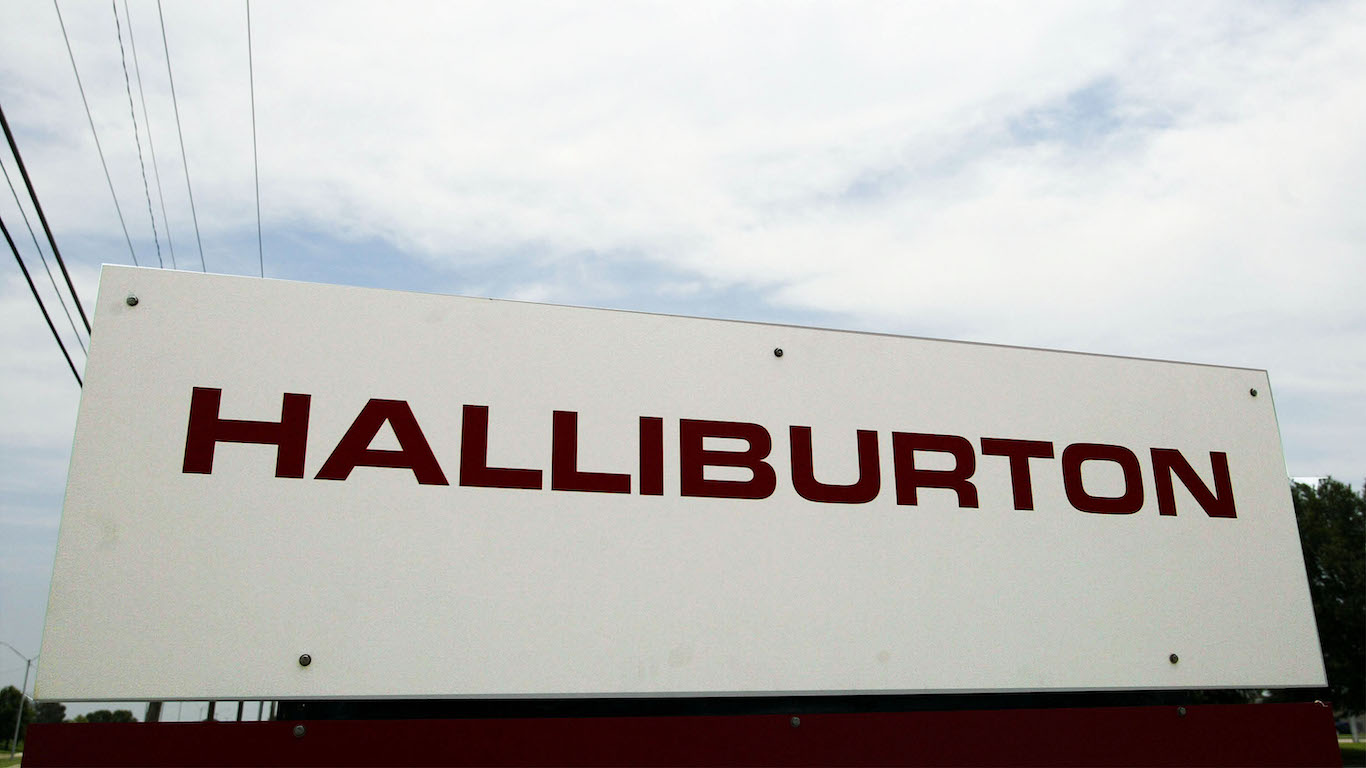
Halliburton Co. (NYSE: HAL) reported second-quarter 2020 results before markets opened Monday. The oil and gas services company posted adjusted diluted earnings per share (EPS) of $0.05 on revenues of $3.2 billion. In the same period a year ago, the company reported EPS of $0.35 on revenues of $5.93 billion. Second-quarter results also compare to consensus estimates for a net loss of $0.11 per share and $3.31 billion in revenues.
On a GAAP basis, Halliburton posted a quarterly net loss of $2.7 billion ($3.07 per share), compared to net income a year ago of $229 million, or $0.26 per share. Excluding impairments and other charges, adjusted operating income was $236 million in the second quarter of 2020, a 53% decrease from an adjusted operating income of $502 million in the second quarter of 2019.
Halliburton took impairment and other noncash charges in the second quarter totaling $2.1 billion, including an impairment of $1.25 billion on long-lived assets and $494 million on inventory costs and write-downs.
The company’s free cash flow in the first half of the year totaled $468 million ($456 million in the second quarter), sharply higher than the negative free cash flow of $438 million in the first six months of last year. Capital spending fell by nearly $500 million. Operating costs fell sharply as well, due largely to job cuts totaling around 2,700 during the quarter. Wringing out costs worked to boost Halliburton’s adjusted income and per-share results.
The company offered no guidance, but analysts expect a loss per share of $0.12 on revenue of $3.1 billion in the third quarter. For the full fiscal year, analysts are looking for a net loss of $0.05 per share on $14.58 billion in revenue. In 2019, the company posted EPS of $1.24 and revenues of $22.41 billion.
Chair and CEO Jeff Miller commented: “Despite the market headwinds, the margin performance of our Completion and Production and Drilling and Evaluation divisions and the $456 million of positive free cash flow generated this quarter show the speed and effectiveness of our aggressive cost actions.”
North American revenue declined by 57% sequentially and fell by 68% year over year. International revenue fell by 17% sequentially.
In Monday’s premarket session, Halliburton stock traded up about 4.0% to $13.60, after closing Friday at $13.09. The stock’s 52-week range is $4.25 to $25.47, and the consensus 12-month price target is $12.33.
Halliburton pays a dividend of $0.18 annually (a 1.3% yield).
Thank you for reading! Have some feedback for us?
Contact the 24/7 Wall St. editorial team.
 24/7 Wall St.
24/7 Wall St.



